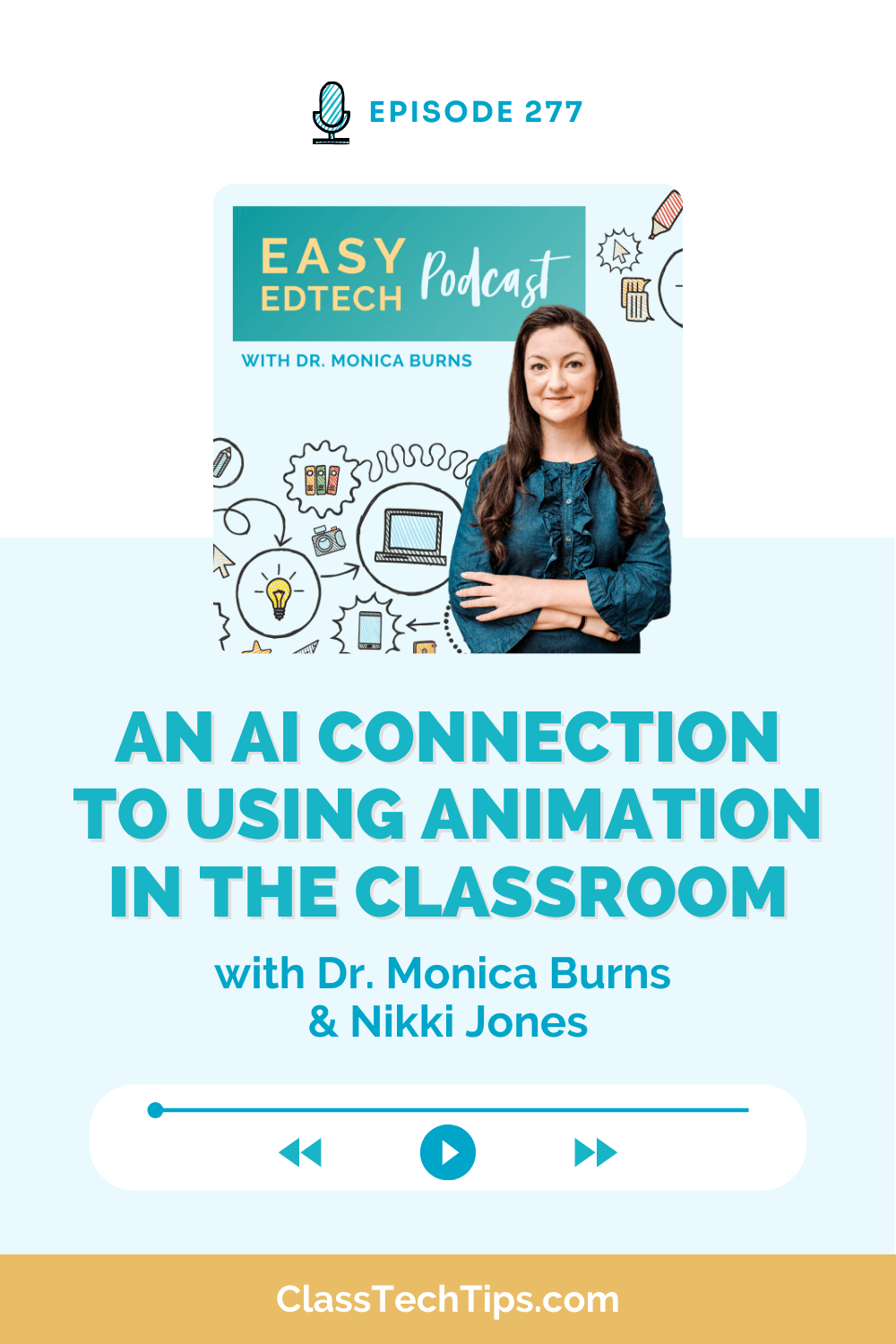Over the past year, I’ve had the chance to talk to teachers across the country about the ways they are turning their students into creators. Digital tools make it easier than ever for our student creators to share their work with the world beyond the classroom. When I share how to use my favorite tools, I always come back to the why and the who. Why are we asking students to create a video, design a webpage, record a tutorial? And who is going to see their work?
One of the reasons we want to establish authentic audiences for students is so real people can view and interact with the projects students create. We want to take student work out of a pile of papers (or a hidden digital folder) and place it in the real world. Because when we establish authentic audiences for students, they can see the purpose for their work.
Authentic Audience for Students
What Does an Authentic Audience Look Like?
Imagine you’re teaching students about the power of persuasive writing. Propose a few topics for them to write about that relate to an issue in your community. Think about who should listen to your students’ opinions, thinking, “Whose mind can my students change?” If your third graders want a new playground, their authentic audience might be the school board. Imagine your eighth-grade students feel that the recycling collection in your community could be more efficient. You might ask a town official to Skype with your students so they can present their ideas.
Examining your learning goals is the first step to building an authentic audience. Next, think about the type of culminating project your students will create. Maybe they’re working to solve a problem in your community using what they’ve learned in the math classroom. Or they’re investigating a historical issue that mirrors a problem in today’s society. Once you have an idea for what your students will create, you’ll have a better sense of who could interact with your students’ final project.
What Does the Common Core Say About Authentic Audiences?
Although you can provide an audience for any work your students produce, the Common Core State Standards specifically address the importance of establishing an audience for students. The English Language Arts Standards ask students to “produce clear and coherent writing in which the development and organization are appropriate to task, purpose, and audience.” The Common Core also expects students to write for “a range of discipline-specific tasks, purposes, and audiences.”
In my book Tasks Before Apps: Designing Rigorous Learning in a Tech-Rich Classroom, I share more ideas for creating authentic audiences for students. Here are for tips for getting started!
4 Ways to Create an Authentic Audience
 Start with very familiar faces.
Start with very familiar faces.
The project you decide to do with your students will influence the audience you choose. After determining what your students will create, think about the people who already have an interest in your students’ work. You might decide to hold a celebration that invites families to interact with student creations such as displays of interviews for an ancestry project.
Continue with notable locals.
Think about the members of your community who can spare a half-day visit to your school, host your students for a field trip, or conduct a Google Hangout for 30 minutes during the school day. You can even do this while your students are in the process of brainstorming. Interested community members might include a local congresswoman who can listen to student speeches on public policy or a deli owner who can review posters students create on healthy eating.
Reach out with a cold call.
Do you have a particular person (or type of person) in mind for your students’ audience? It’s easier than ever to get in touch with someone you’ve never met before. Students working on a project on ecosystems could share their creations with a zoologist via a 30-minute virtual visit by video phone. All you have to do is look on the website of the person’s organization for contact information. You might not hear back on your first email, but if you send a few to different places you’ll increase your chances.
Tweet out your requests.
I am consistently amazed at the power of Twitter and the number of people I’ve connected with through this platform. With Twitter, you can send out a message to your network asking for support or send a tweet to an expert who would make a great audience for your students. If you’re not a Twitter user, you might post a request to friends and family on Facebook to see if someone can make an introduction for you.
Authentic audiences help students connect their work in the classroom to the real world. They provide a sense of buy-in for students and bring attention to their work. As educators we have an understanding of what life is like for teachers and students every day. Bringing outsiders into this space helps them learn about the role of a school in a community. It also makes it easier for them to understand the collective duty all citizens have to support their school system.
Have you created an authentic audience for students? Share your experiences in the comments below.
This article originally appeared on Edutopia. Check it out here.

 Start with very familiar faces.
Start with very familiar faces.





